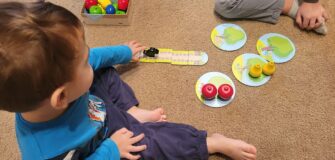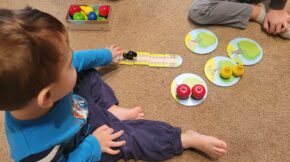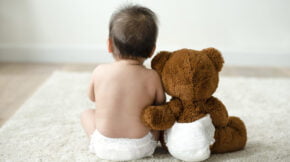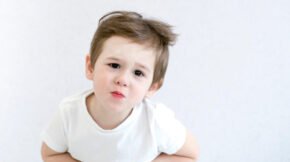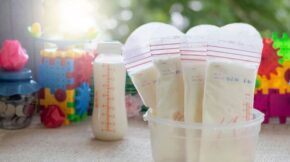The Utimate Guide to the Perfect Weight for 0-3 Month Clothes
Share
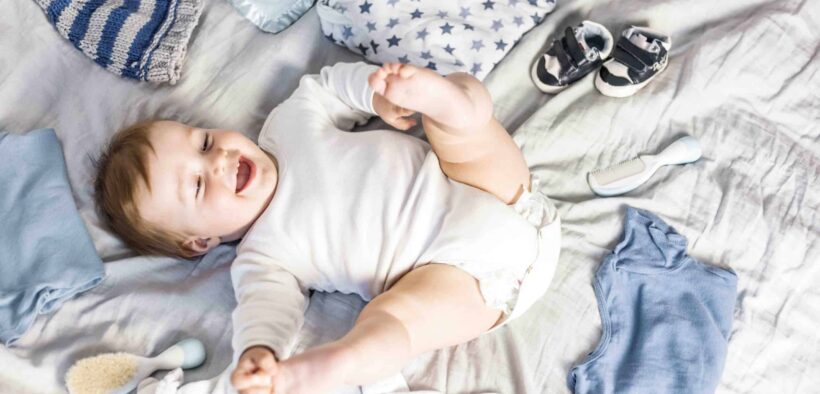
Becoming a parent is one of the most thrilling, scary, and unreal experiences one can go through. The moment you know that you are going to become a parent, something changes. You become more aware, you think about them first, and so much more. Life becomes something more than you could ever imagine.
Once you know that you will become a parent, preparations start to welcome them into the real world. Welcoming a newborn into the world is a precious occasion that brings so much happiness and anticipation to parents and everyone around them.
There are a lot of things you have to prepare for a baby. Among the many tasks to prepare for the baby’s arrival, choosing cute little clothing is essential. One of the most important to consider when buying clothes for newborns is their weight, as it determines their size and comfort.
In this comprehensive blog, we will get into the world of 0-3 month baby clothes, focusing on the correlation between weight and clothing choices and how it can impact your newborn.
Things to Keep in Mind While Choosing the 0-3 month Clothes Weight
1. Learn About how The Weight is Distributed in a Newborn
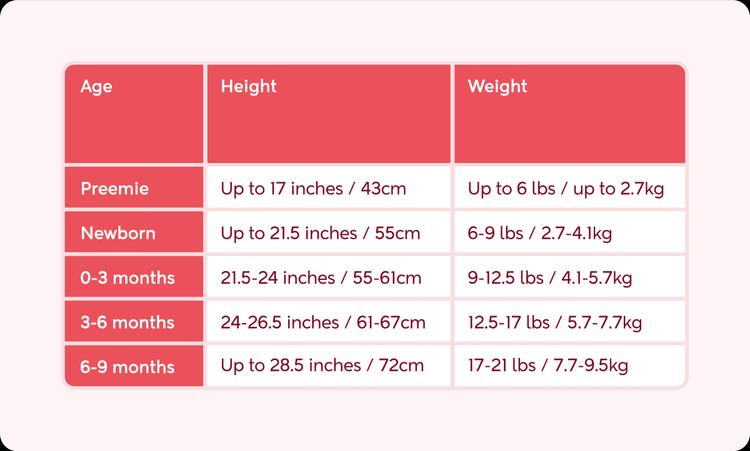
Before you get into the options you have for infants, learn about the usual weight distribution among newborns. While babies are born in a spectrum of weights, most full-term infants weigh between 5.5 to 10 pounds (2.5 to 4.5 kilograms). When it comes to clothing sizes, manufacturers usually label them based on weight categories.
For 0-3 month clothes weight babies, you’ll find options designed for babies within this weight range. For instance, “Newborn” sizes are usually best for babies weighing around 5 to 8 pounds, while “0-3 months” sizes can accommodate infants up to 12 pounds.
When buying clothes for 0-3 months, keeping their weight in mind will help you choose appropriately sized and comfortable clothing, ensuring your little one remains cozy, calm, and content during this beautiful stage of their early life.
2. Preemie Clothing: A Necessity for Tiny Tots
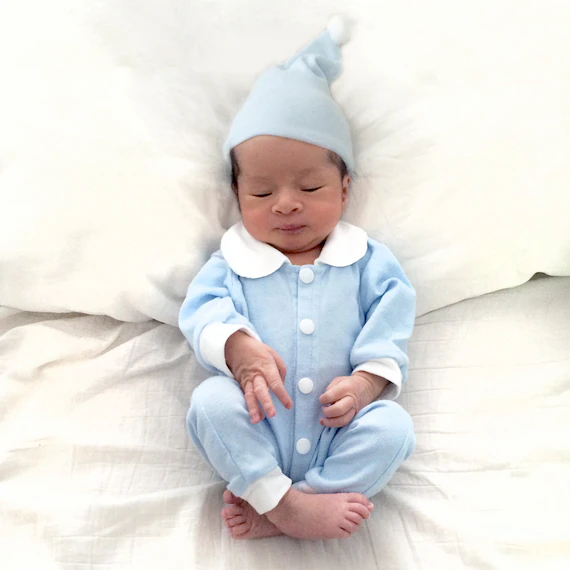
While it is said that it takes 9 months for a baby to arrive, some newborns arrive prematurely, requiring specialized clothing designed to accommodate their smaller size and basic needs.
Preemie clothing is absolutely important for tiny tots born early. Preemies are babies born before 37 weeks of gestation, and their early arrival often means they have lower birth weights compared to other 0-month babies and unique medical needs. This means standard newborn clothing may be too big and ill-fitting for them.
Preemie clothing is specially designed to cater to the delicate nature of these tiny infants. The sizes are significantly smaller, accommodating babies who weigh as little as 1.5 to 5 pounds (0.7 to 2.3 kilograms).
The snug fit helps maintain their body temperature and allows for easier medical monitoring and care.
3. Size Guide for 0-3 Month Clothes
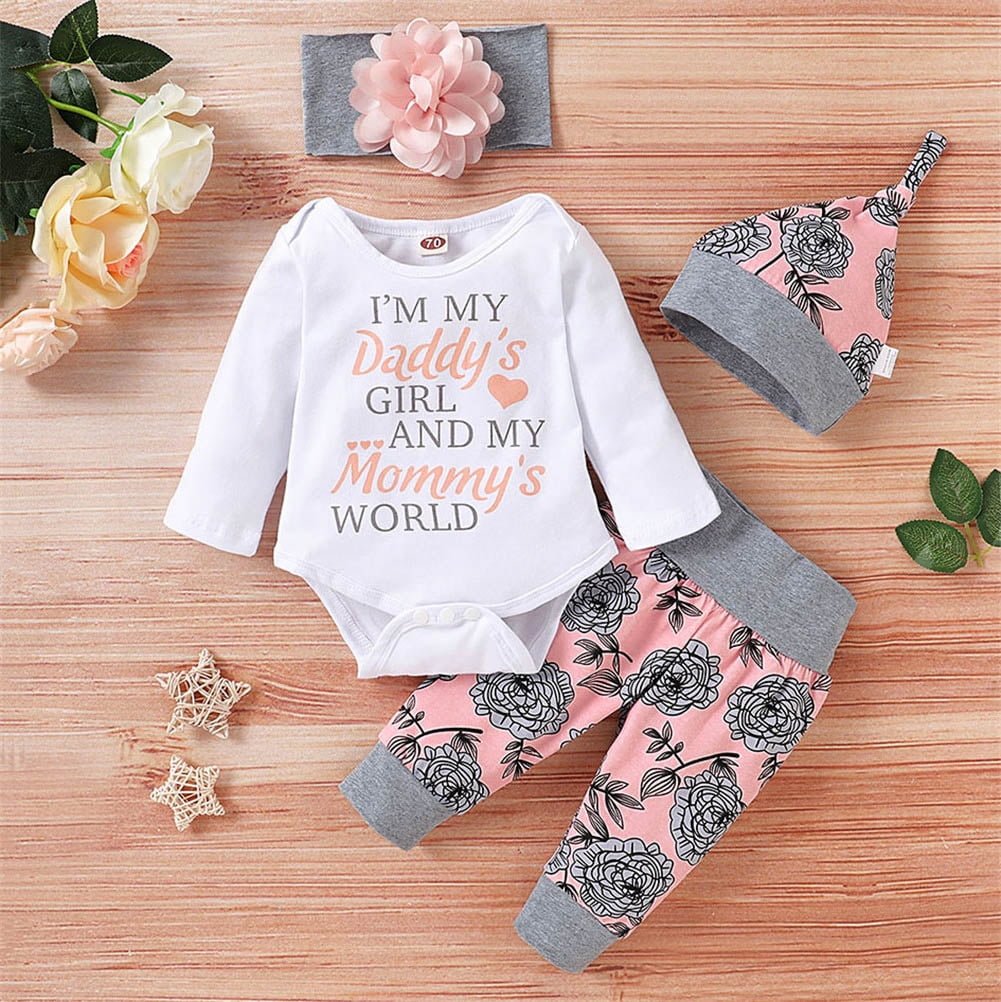
Understanding the perfect or ideal size for your newborn’s clothing can be a tad bit confusing. A size guide for 0-3 month clothes weight baby clothes is not an essential but a need for parents and caregivers to ensure a perfect fit for their little ones during the early months they spend on the planet. It’s important to understand that baby sizes can vary between different brands, so using weight as a reference is often the easiest and correct way to buy clothes.
For newborns weighing around 5 to 8 pounds (2.3 to 3.6 kilograms), “Newborn” size clothing is usually the most suitable option. These garments are designed to fit nicely and feel cozy on smaller infants.
Therefore keep in mind that babies grow at different rates, so it’s always important to check the actual measurements provided by the clothing companies to ensure the best fit.
4. Comfort and Safety Considerations
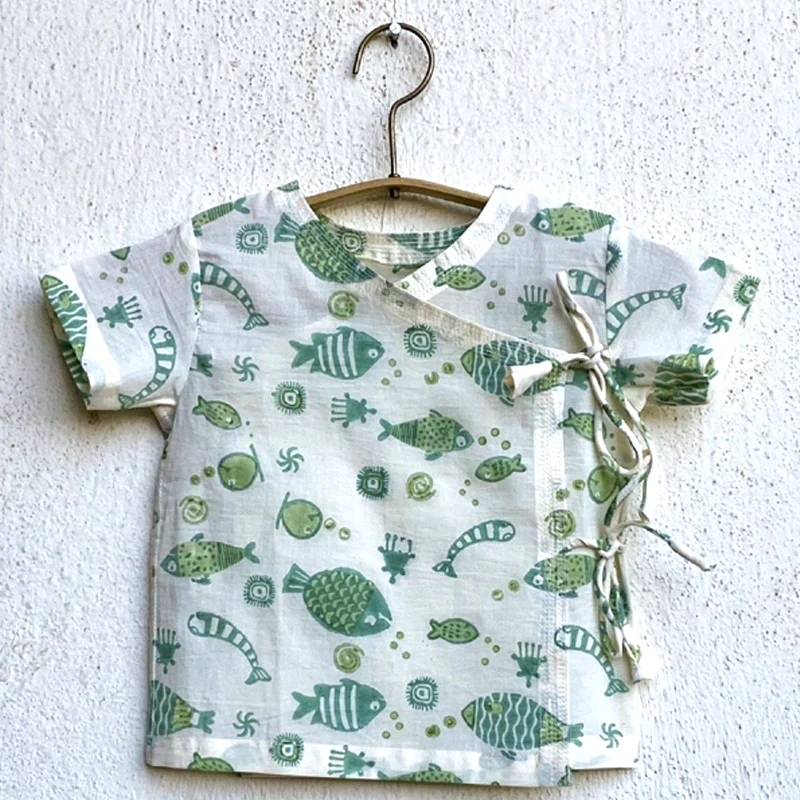
0-3 month clothes weight, comfort, and safety are the most important factors when new parents go to buy clothes for their infants. During this phase of their life, babies spend most of their time sleeping, eating, and being cuddled, making it crucial to prioritize their well-being and contentment.
When you think about providing comfort, selecting soft and breathable fabrics is key. Cotton is a popular choice as it is gentle on a baby’s delicate skin, hypoallergenic, and allows air circulation, preventing overheating and skin irritation.
Avoid synthetic materials that may cause discomfort or irritate the precious sensitive skin of the child. Seam placements also play an important role in comfort. Look for clothing with flat or covered seams, as they minimize friction against the baby’s skin, reducing the likelihood of chafing or rashes.
Safety considerations involve buying clothing without small, detachable parts or loose strings that could pose choking problems in the future. Snaps, buttons, and zippers should be securely attached to prevent any kind of accidental swallowing.
5. Seasonal Clothing Choices
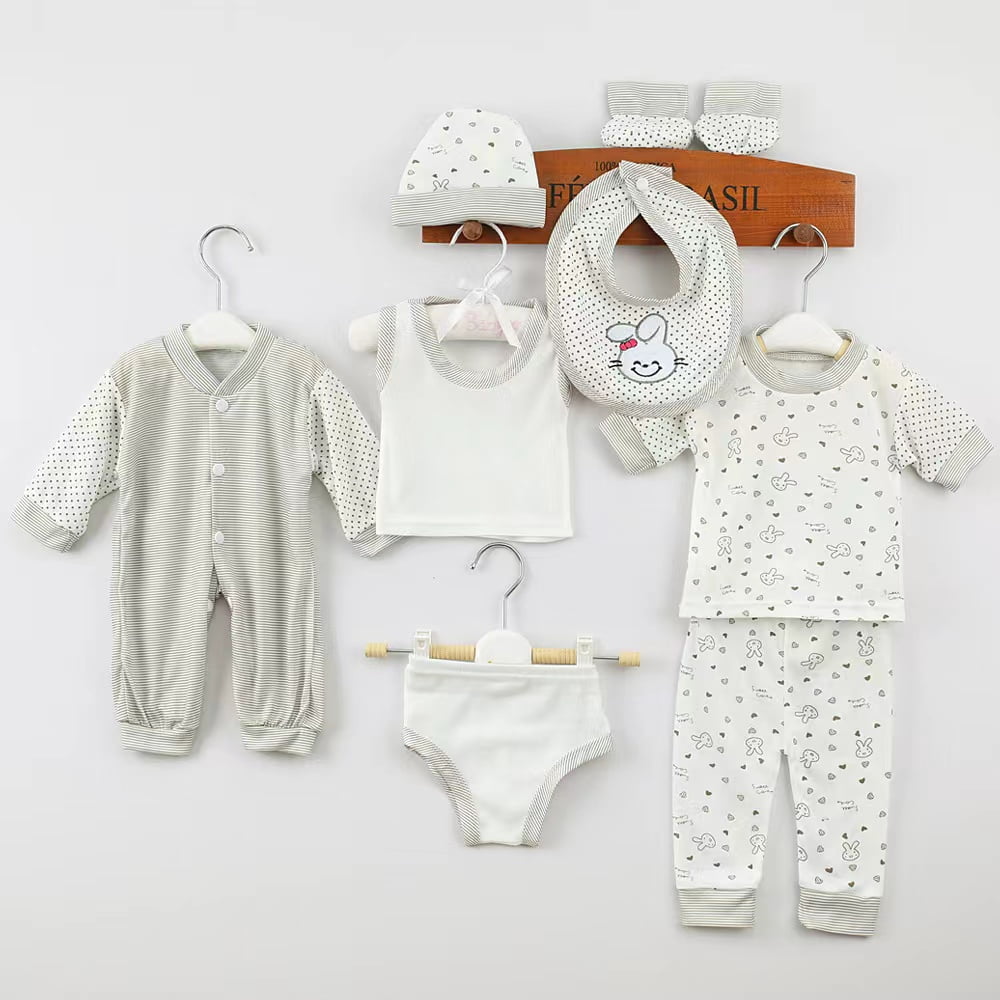
Newborns born in different seasons of the year tend to require varying types of clothing to keep them going. Be it warm summer months or chilly winter days. They need clothes that are according to the season. Seasonal clothing choices for 0-3 month clothes weight babies are very important to ensure their comfort and well-being as the weather changes.
In the warm summer, it’s essential to buy lightweight and breathable clothes for newborns to prevent overheating. Opt for onesies, rompers, and short-sleeved bodysuits made from soft cotton or other natural materials which allow air to pass, keeping them happy. Sun hats with wide brims provide shade and protection for the outdoors.
During spring and fall transitional seasons, layering for infants also becomes important. Dress them in short/long-sleeved onesies paired with lightweight pants or leggings. Add a soft cotton jacket or cardigan that can be easily removed. Keep versatile blankets that can double as wraps and covers.
As winter approaches, keeping your baby warm is the most important thing. Choose fabrics like fleece or wool for winter onesies and jumpsuits. Layering is of utmost importance for babies, so use long-sleeved bodysuits as a base layer and add warm outerwear such as snowsuits or padded jackets.
6. Dressing for Different Days: Regular Wear vs. Fancy Outfits
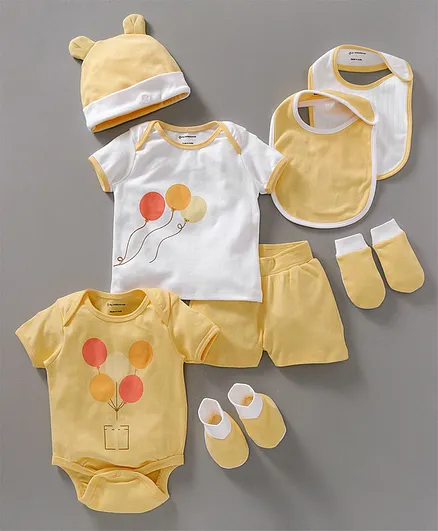
Your kid deserves to follow all the fashion trends that are out there. While keeping their comfort and safety is important, sometimes you want to dress your little one according to the occasion.
Dressing infants for different days involves finding a balance between practical everyday wear and cute special outfits. While comfort, safety, and functionality are crucial for everyday wear, parents also like to showcase their little ones in charming clothes for special moments and celebrations.
For daily wear, choose clothing that is soft, gentle on the child’s skin, and easy to put on and take off for diaper changes. Onesies, bodysuits, and stretchy pants are popular choices.
When it comes to special outfits, the sky’s the limit. Choose cute dresses and dapper rompers for formal occasions like family gatherings or any other ceremonies. For a casual day out, dress your baby in little graphic tees, patterned leggings, or miniature suspender sets.
In the end, dressing your infant is an expression of love and care. Remember 0-3 months of clothes weight while buying the clothes.
7. Diaper and Clothes
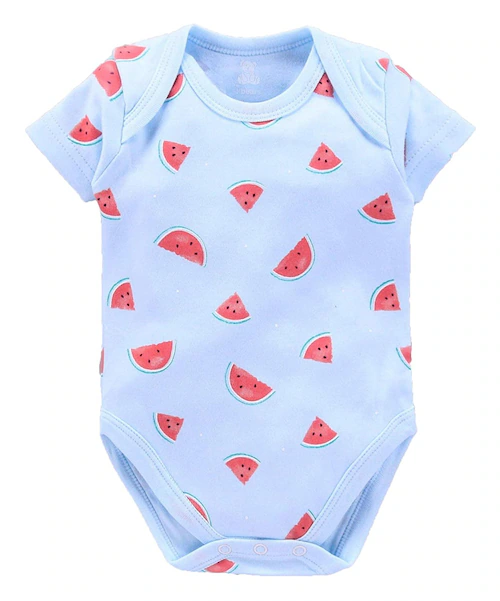
Another thing you should keep in mind while choosing cloth for 0-3 months clothes weight is the importance of the interplay between diapers and clothing. Certain clothing styles might be more suitable for diaper changes and ensuring your baby always remains comfortable.
One of the easiest options is choosing clothing with snap closures or buttons at the crotch area. Onesies and bodysuitswith snap buttons allow quick and easy access when changing diapers, canceling the requirement to undress the baby fully. Look for clothing with well-placed snaps that make diaper changes efficient and hassle-free.
Clothing with envelope necklines can be advantageous for diaper changes. Envelope necklines have overlapping kinds of fabric in and around the neck area, enabling the garment to be pulled down over the baby’s shoulders rather than being lifted over their head.
8. Pocket-Friendly Solutions
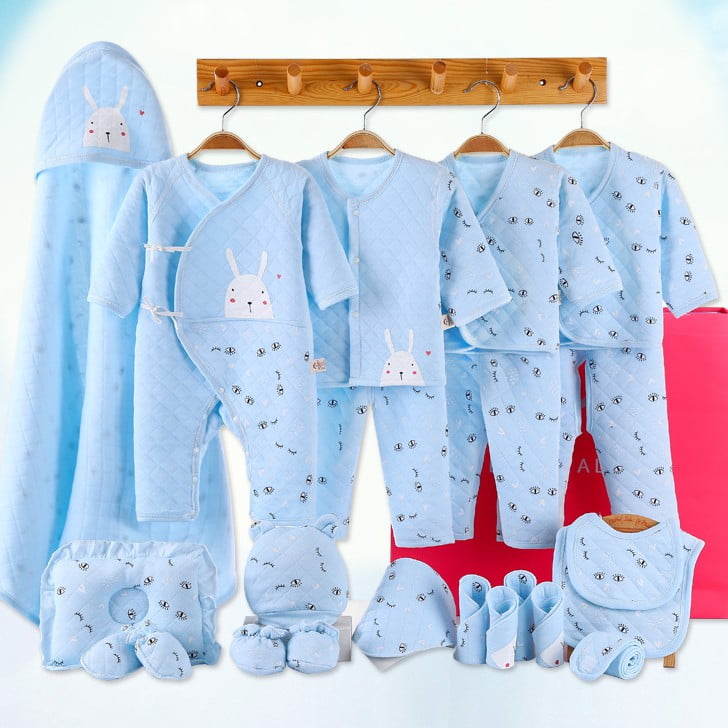
Raising a baby can be expensive on the pocket, but many budget-friendly clothing options are available in the market. One of the best ways to achieve this is by considering preloved or second-hand clothing. 0-3 months of clothes weight also plays a critical role while finding the solution.
A lot of parents sell or give away baby clothes that are still in excellent condition as the baby grows out of clothes pretty soon. If you make them wear pre-loved clothes, it will save you money, but you can use that money to buy them other games that will work in the long term. Simple sewing skills can go a long way in creating unique and budget-friendly baby garments.
You can consider having clothing swaps with friends or other parents in your community. Swapping outgrown clothes with others can breathe new life into your baby’s wardrobe.
9. The Art of Choosing the Right Fabrics
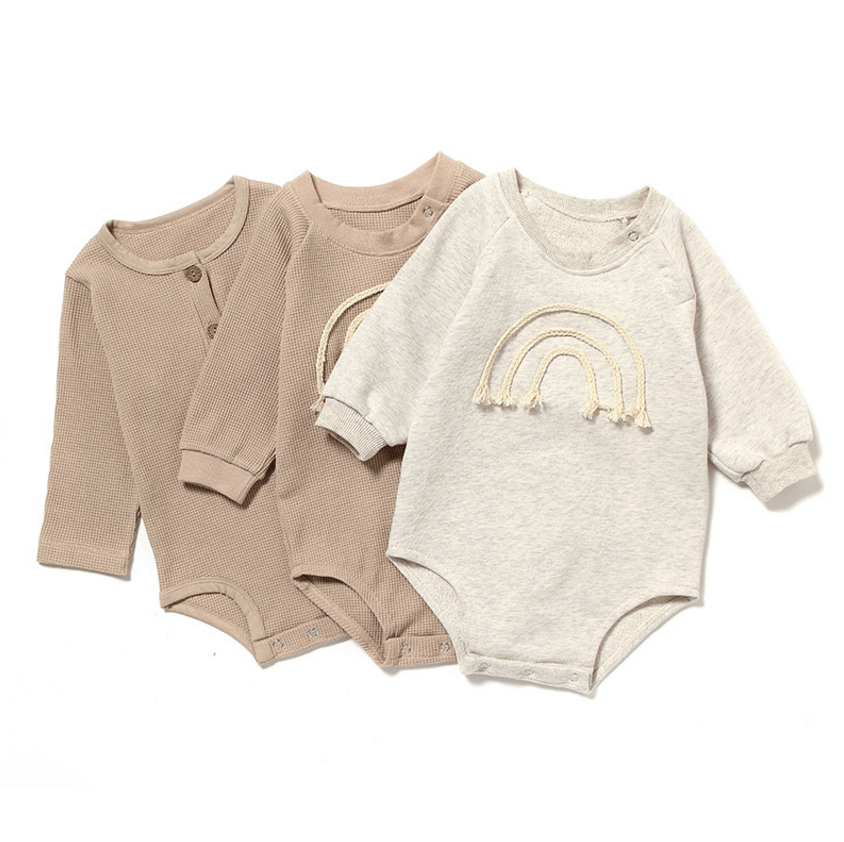
The type of fabric used to manufacture baby clothing can significantly impact a baby’s comfort, especially in the early months. Selecting the right fabrics for 0-3 months clothes weight for baby clothing is very important, ensuring the comfort and well-being of a child during this crucial stage of development. Soft and gentle fabrics that are safe for delicate baby skin are highly recommended.
Cotton is one of the most popular fabrics for baby clothes. It is hypoallergenic, breathable, safe, and soft, making it a go-to choice for newborns with sensitive skin. Cotton allows air circulation, preventing rashes and keeping babies calm and cool during warmer months.
Another ideal choice is organic cotton, free from any chemicals and pesticides, decreasing the risk of skin irritation and allergies. Organic cotton is eco-friendly and sustainable, making it a conscious choice for environmentally-friendly parents.
10. Changing as Your Baby Grows
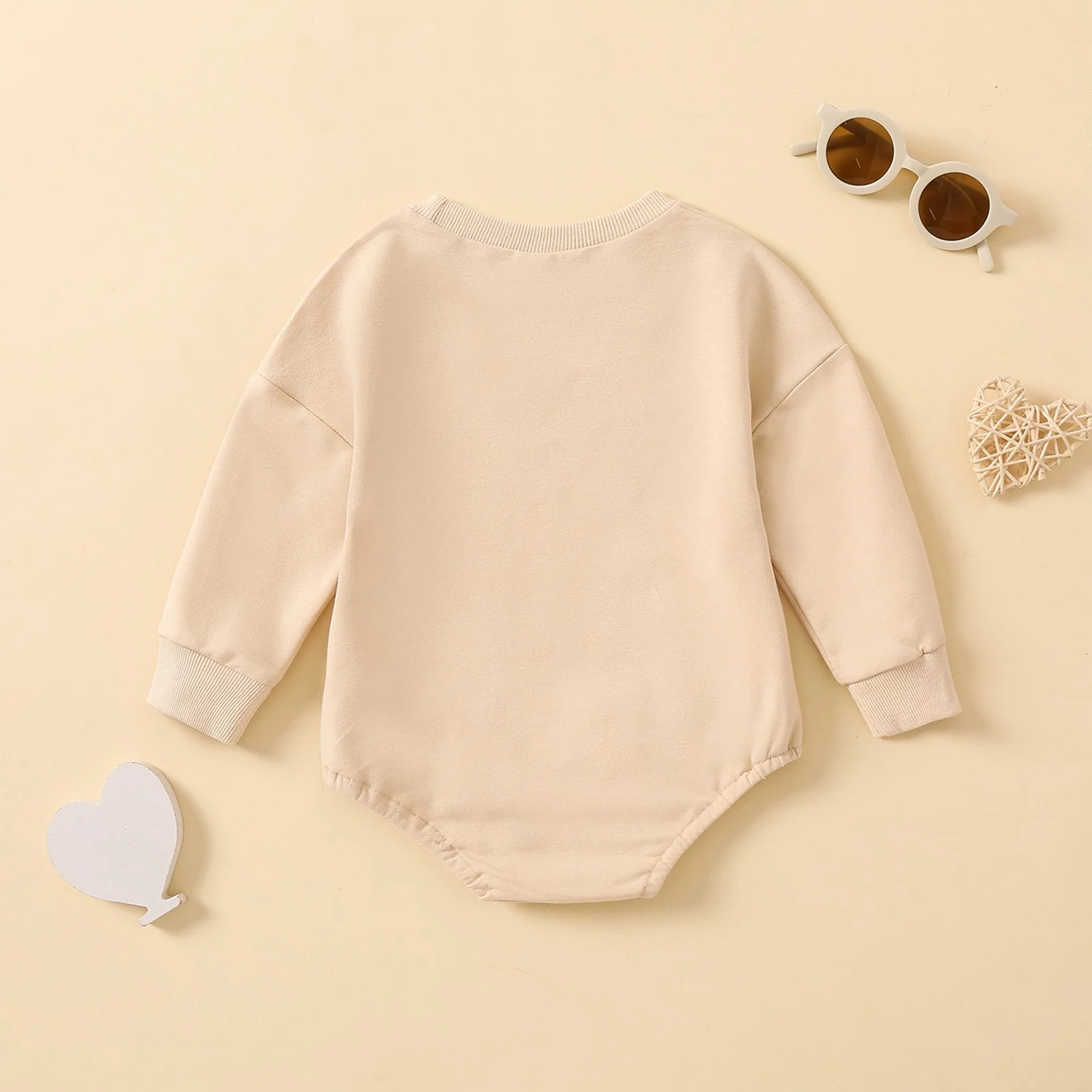
Babies grow incredibly fast in their first few months. As your baby grows during the 0-3 month period, their clothing needs will change accordingly and fast. Babies experience rapid growth and development during these early months they spend on the planet. It is now necessitating adjustments to their wardrobe to ensure their comfort and proper fit.
You have to regularly assess your baby’s clothing to determine if they have outgrown their current sizes. Check the length of onesies and pants and the snugness of bodysuits to see if it’s time to move up to the next size. 0-3 months clothes weight is an important factor that you should keep in mind while changing the clothes for your baby.
Conclusion
Choosing the perfect 0-3 months clothes weight for infants could be stressful, but you can make well-informed decisions with an understanding of weight-based sizing, comfort factors, and safety features. Remember that every infant is different, and choosing the right clothing may need some trial and error.
You may design a wardrobe that assures a happy and satisfied little one during their early months by prioritizing your baby’s comfort, safety, and style. If you are becoming parents for the first time and confused with all the studies available online, follow our blog. We have everything under one page so that you aren’t overwhelmed with information and make the right decision for your newborn.








